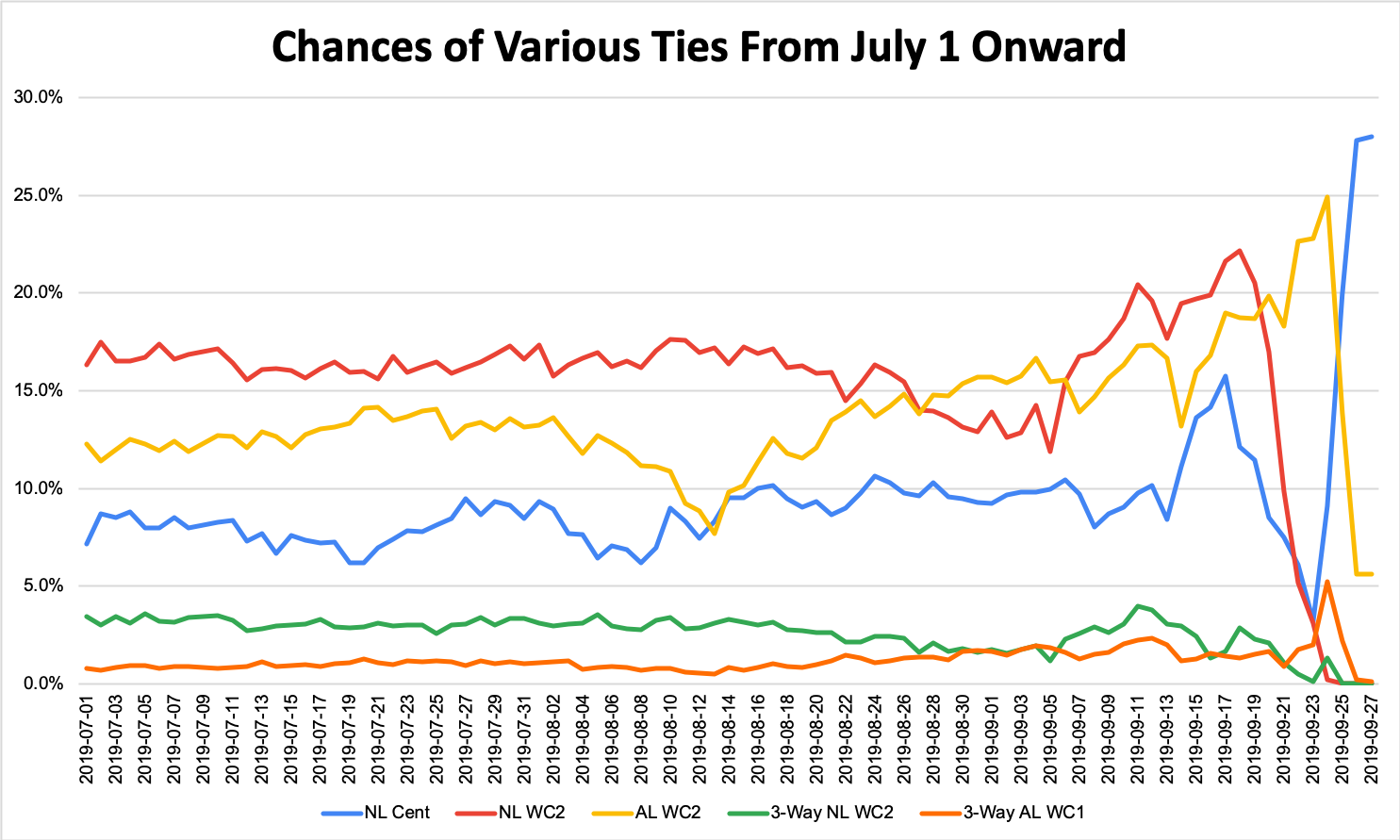How They Were Acquired: The Washington Nationals’ NLDS Roster
The Nats have had a winning record in each of the last eight seasons and have reached the playoffs five times during that span, and yet it feels as though they’ve fallen short of expectations year after year. With the departure of Bryce Harper last offseason, a bullpen that’s mostly been bad, and a staff ace who has battled through a back injury for months, this could be the year they’re overlooked. Well, not by me or the three others at FanGraphs who picked them to win it all. But most people aren’t buying that they can take down a Dodgers team that might have more talent and depth than any team in baseball.
Here’s how every member of the Nationals’ 2019 NLDS roster was originally acquired. The team’s full RosterResource Depth Chart and Payroll pages are also available as a resource.
Homegrown (8)
- Ryan Zimmerman, 1B: Drafted First Round (4) 2005
- Stephen Strasburg, SP: Drafted First Round (1) 2009
- Michael A. Taylor, OF: Drafted Sixth Round 2009
- Wander Suero, RP: Amateur Free Agent (Dominican Republic) February 2010
- Anthony Rendon, 3B: Drafted First Round (6) 2011
- Austin Voth, RP: Drafted Fifth Round 2013
- Victor Robles, OF: Amateur Free Agent (Dominican Republic) July 2013
- Juan Soto, OF: Amateur Free Agent (Dominican Republic) July 2015
Total WAR: 22.6
Signed in Free Agency (9)
- Max Scherzer, SP: January 2015 (DET) — Signed to seven-year, $210 million contract.
- Kurt Suzuki, C: November 2018 (ATL) — Signed to two-year, $10 million contract.
- Patrick Corbin, SP: December 2018 (ARI) — Signed to six-year, $140 million contract.
- Aníbal Sánchez, SP: December 2018 (ATL) — Signed to two-year, $19 million contract ($12 million club option for 2021).
- Matt Adams, 1B: December 2018 (STL) — Signed to one-year, $4 million contract ($4 million mutual option for 2020).
- Brian Dozier, 2B: January 2019 (LAD) — Signed to one-year, $9 million contract.
- Gerardo Parra, OF: May 2019 (SF) — Signed to minimum salary contract for remainder of season.
- Fernando Rodney, RP: June 2019 (OAK) — Signed to Minor League contract.
- Asdrúbal Cabrera, INF: August 2019 (TEX) — Signed to minimum salary contract for remainder of season.
Total WAR: 17.8
Acquired Via Trade (8)
- Trea Turner, SS: June 2015 (SDP) — Acquired in trade that sent Steven Souza Jr., Jake Bauers, René Rivera, Burch Smith, and Travis Ott to the Rays and Wil Myers, Gerardo Reyes, Jose Castillo, and Ryan Hanigan to the Padres.
- Adam Eaton, OF: December 2016 (CHW) — Acquired in trade that sent Lucas Giolito, Reynaldo López, and Dane Dunning to the White Sox.
- Sean Doolittle, RP: July 2017 (OAK) — Acquired in trade that sent Blake Treinen, Jesus Luzardo, and Sheldon Neuse to the Athletics.
- Howie Kendrick, INF: July 2017 (PHI) — Acquired in trade that sent McKenzie Mills and international bonus slot money to the Phillies.
- Yan Gomes, C: December 2018 (CLE) — Acquired in trade that sent Jefry Rodriguez, Daniel Johnson, and Andruw Monasterio to the Indians.
- Tanner Rainey, RP: December 2018 (CIN) — Acquired in trade that sent Tanner Roark to the Reds.
- Hunter Strickland, RP: July 2019 (SEA) — Acquired in trade that sent Aaron Fletcher, Taylor Guilbeau, and Elvis Alvarado to the Mariners.
- Daniel Hudson, RP: July 2019 (TOR) — Acquired in trade that sent Kyle Johnston to the Blue Jays.
Total WAR: 10.6

